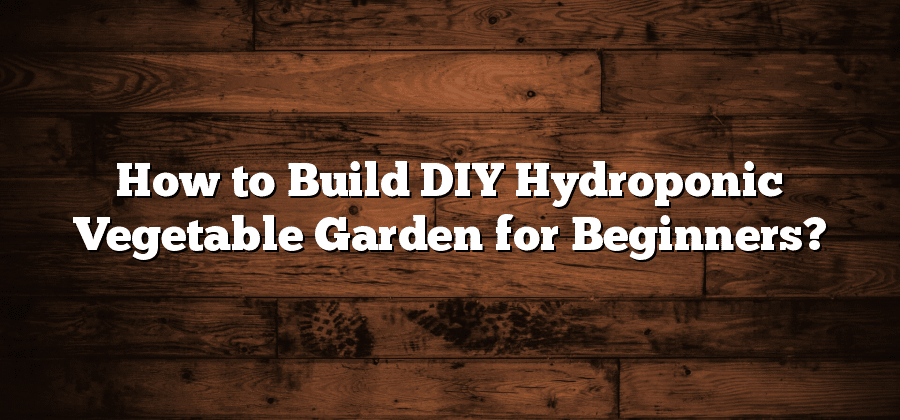Understanding Hydroponics Basics
Hydroponics is a method of growing plants without soil. This revolutionary technique utilizes a nutrient-rich water solution that is directly delivered to the roots, providing optimal nourishment and growth. By eliminating the need for soil, hydroponics offers several advantages, including increased crop yield, conservation of water, and the ability to grow plants in limited space. This method is widely used in both commercial and home gardening settings, enabling growers to produce a variety of crops all year round, regardless of seasonal limitations.
One of the key components of hydroponics is the growing medium, which replaces traditional soil. This medium acts as a support system for the plants, allowing the roots to anchor in place while maintaining access to the necessary nutrients. Commonly used growing mediums include coconut coir, perlite, vermiculite, and rockwool. The choice of growing medium depends on various factors, including the type of plants being grown, availability, and personal preference. It is crucial to select a growing medium that provides adequate drainage, prevents waterlogging, and allows for proper air circulation around the roots.
Selecting the Right Location for Your Garden
When it comes to selecting the right location for your hydroponic garden, there are a few key factors to consider. First and foremost, you want to choose a space that receives ample sunlight throughout the day. Most plants require at least 6-8 hours of direct sunlight in order to thrive, so be sure to select an area that is not shaded by trees or buildings. Additionally, it’s important to find a location that is easily accessible and convenient for maintenance tasks such as watering, pruning, and harvesting. Consider placing your garden near a water source to make watering more efficient and less time-consuming.
Another important factor to consider when selecting a location for your hydroponic garden is temperature. Most plants grow best in temperatures between 65-75 degrees Fahrenheit, so choose an area that remains relatively consistent within this range. Avoid placing your garden in areas that are prone to extreme temperature fluctuations, such as near air conditioning vents or drafty windows. It’s also worth noting that some plants, such as lettuce and other leafy greens, can tolerate slightly cooler temperatures, while others, like tomatoes and peppers, prefer warmer conditions. With these factors in mind, choose a location that suits the specific needs of the plants you intend to grow in your hydroponic garden.
Choosing the Best Hydroponic System
Hydroponics is a method of growing plants without soil, which makes choosing the right hydroponic system a crucial step in ensuring successful plant growth. With numerous options available in the market, it can be challenging to determine the best system for your needs. However, by considering a few key factors, you can make an informed decision.
One important aspect to consider is the size of your growing space. If you have limited space, a compact hydroponic system such as a vertical garden or a tabletop system may be the best choice. These systems are designed to maximize space utilization while providing an ideal growing environment for your plants. On the other hand, if you have a larger space available, a larger-scale system like a nutrient film technique (NFT) or a Dutch bucket system might be a better fit. These systems can accommodate a higher plant count and allow for efficient nutrient circulation.
Selecting the Right Vegetables for Hydroponic Growth
When it comes to selecting the right vegetables for hydroponic growth, there are several factors to consider. One important aspect is the plant’s size, as certain vegetables may require more space to grow and thrive. It is crucial to choose vegetables that are compatible with the size of your hydroponic system to ensure optimal growth conditions. Additionally, consider the nutritional requirements of the plants. Different vegetables have varying nutrient needs, such as nitrogen, phosphorus, and potassium. Understanding the nutritional needs of each vegetable will help you provide the appropriate nutrient solution to promote healthy growth.
Another factor to consider when selecting vegetables for hydroponic growth is the growth rate. Some vegetables have shorter growth cycles, making them ideal for quick harvests. Leafy greens like lettuce and spinach, as well as herbs like basil and cilantro, are popular choices for hydroponic gardens due to their fast growth. On the other hand, vegetables like tomatoes and cucumbers have longer growth periods but can produce a higher yield. Consider your preferences and gardening goals when choosing vegetables with the right growth rates for your hydroponic setup.
In conclusion, selecting the right vegetables for hydroponic growth requires careful consideration of factors such as plant size, nutritional requirements, and growth rate. By taking these factors into account, you can ensure that your hydroponic garden thrives and yields the desired results. Happy growing!
Preparing the Growing Medium for Planting
When it comes to preparing the growing medium for planting in a hydroponic system, there are a few important steps to follow. Firstly, it is crucial to select a growing medium that provides the right balance of water retention and drainage for optimal plant growth. One popular choice is a mix of coco coir and perlite, as it offers excellent water-holding capacity while also allowing for good aeration.
After choosing the right growing medium, it is essential to properly prepare it before planting. This involves hydrating the medium and ensuring any excess water is drained off. One effective method is to soak the growing medium in water for a few hours, allowing it to absorb moisture. Then, carefully remove any excess water by gently squeezing the medium to promote proper drainage. This step is crucial to ensure an adequate oxygen supply to the plant’s roots, as well as preventing overwatering and potential root rot. By taking these necessary steps in preparing the growing medium, you can set the stage for healthy and prosperous hydroponic plant growth.






